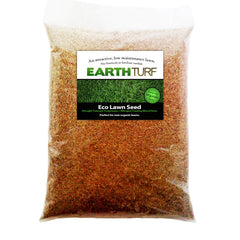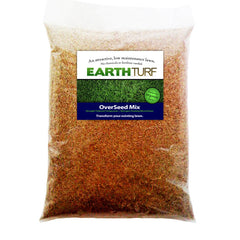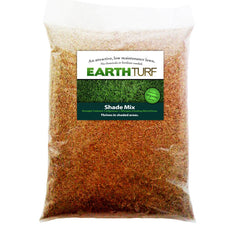
1. Embrace a non perfect lawn
The most important step is to change your mindset. A flawless, bright green, closely cropped lawn would never appear in nature. And attaining this perfect lawn takes a lot of time, fertilizer and chemicals, tons of water and frequent mowing. An organic lawn may have a few imperfections, but view this as a beautiful sign your lawn doesn’t rob the environment or expose people to chemicals.
Perfect lawns are much like the food we have eaten for the past half century – bleached white flour, corn syrup, artificial sweeteners and synthetic preservatives – all have made our food taste, last and look better, but their negatives effects are coming to light and consumers are making changes.
“A weed is a plant whose virtues have not yet been discovered” -Ralph Waldo Emerson
2. Leave the grass clippings
They will naturally breakdown and add nutrients to the lawn.
3. If you Water, do it less often, but soak deep
Your lawn will not work harder than it has too. If you water often, the roots will only grow a few inches deep. Watering less often, but soak the soil deep, the roots will be encouraged to grow deep, where more water can be absorbed. Plus, there will be less evaporation.
4. Make your own organic weed killer
Pour a little soap in a bottle of vinegar and voilà – organic weed killer. For weeds growing from sidewalk cracks, boiling water will do the job.
5. Mow taller
Taller grass tends to prevent weeds from growing. It also keeps the soil from drying out.
6. Plant Earth Turf!
Start with the right seed. Earth Turf lets you enjoy a self fertilizing lawn that looks better than normal lawns under organic care.



“Pour a little soap in a bottle of vinegar and voilà – organic weed killer” — This is only true if the soap is organic. Most soaps contain a host of synthetic ingredients, such as fragrance, parabens, and other petroleum-derived chemicals. Soaps like this can harm many organisms in the soil and in bodies of water.
Cara, good call, you are absolutely right.